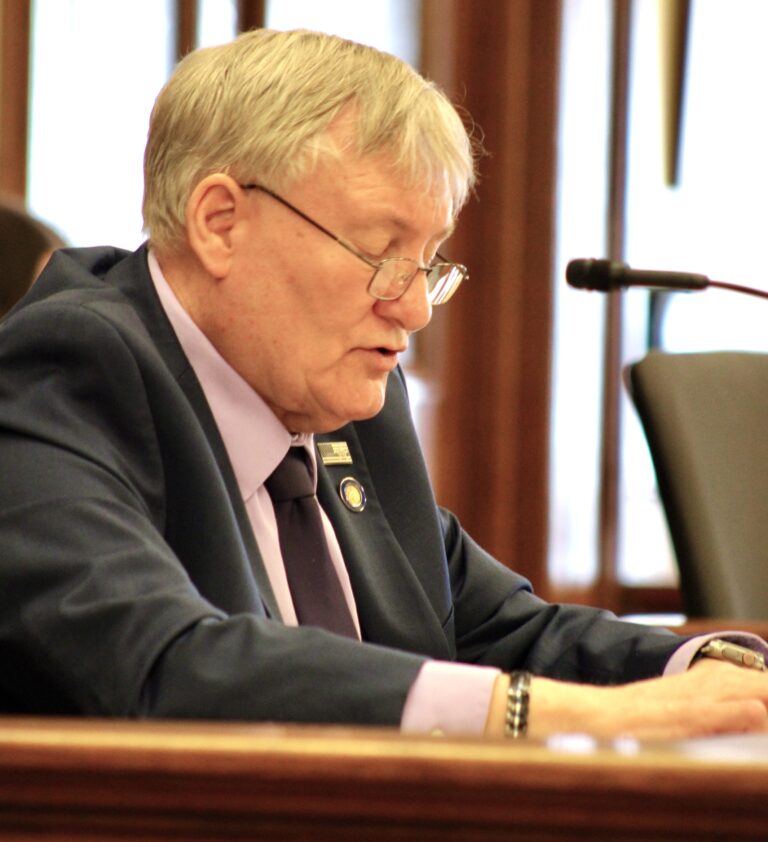Weekly Fiscal Facts are provided to Wisconsin Newspaper Association members by the Wisconsin Policy Forum, the state’s leading resource for nonpartisan state and local government research and civic education. The Wisconsin Policy Forum logo can be downloaded here.
- Download this column as a Word document
- See other WNA Member Content offerings
Metro Milwaukee’s Hispanic population has accounted for all of the region’s net population growth since 2000, filling a critical need for new workers to replace retiring baby boomers. Yet, Hispanic workers remain highly underrepresented in occupations paying a median wage of $60,000 or higher, and educational metrics suggest that disparity is unlikely to diminish in the near future.
While educational attainment among the group is increasing, the percentage of Hispanic adults with college degrees remains relatively low. Census data shows the share of metro Milwaukee’s Hispanic adults with at least a high school diploma (or equivalent) increased from 59.7% in 2007 to 71.4% in 2017. The share of Hispanics with at least a bachelor’s degree increased modestly during the same period but remains under half the rate among the region’s adult population overall.
Further, Hispanic college and university graduation rates are considerably lower than overall graduation rates at several institutions, although Hispanic enrollment is growing. UW-Milwaukee, which serves the highest number of Hispanic students in the region, had a 6-year graduation rate of 28% among Hispanic students, compared with 41% among students overall.
Hispanics are employed at less than half the rate of the overall workforce in many higher-wage occupations, including several that are among the fastest-growing in the region. Those include management, business and financial operations, healthcare practitioner, and computer and mathematical occupations. Hispanics are also underrepresented as business owners.
UWM is taking its own steps to address the educational disparities that may impact Hispanic representation in high wage occupations in metro Milwaukee. Other civic and educational leaders are also working to ensure that the region’s fastest-growing demographic — the Hispanic population — is achieving at the same rate or better than the overall population.
This information is a service of the Wisconsin Policy Forum, the state’s leading resource for nonpartisan state and local government research and civic education. Learn more at wispolicyforum.org.



